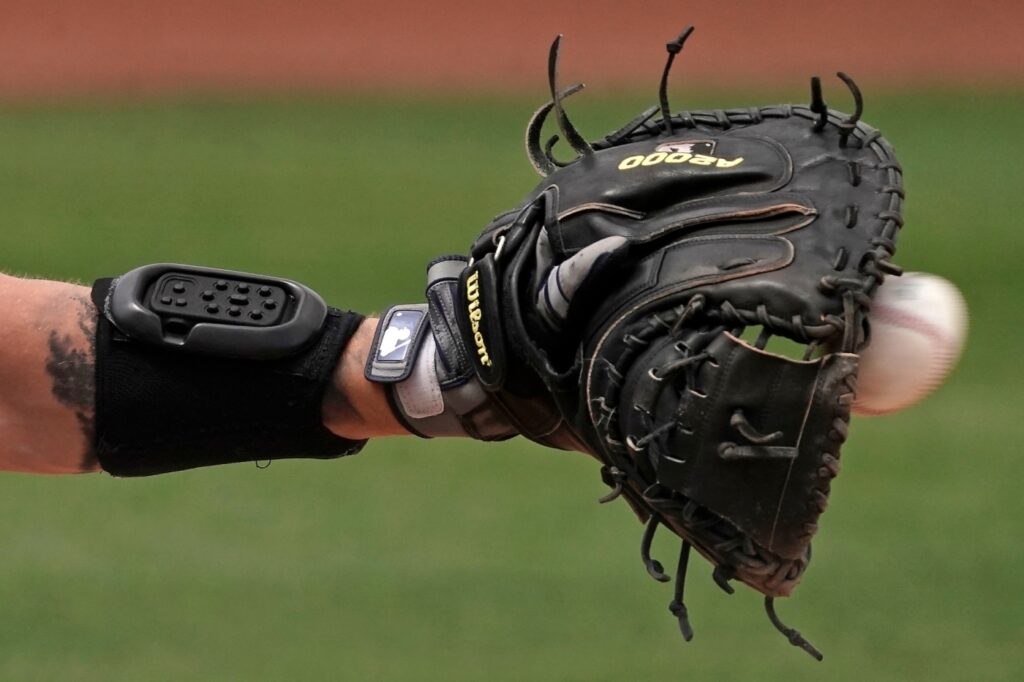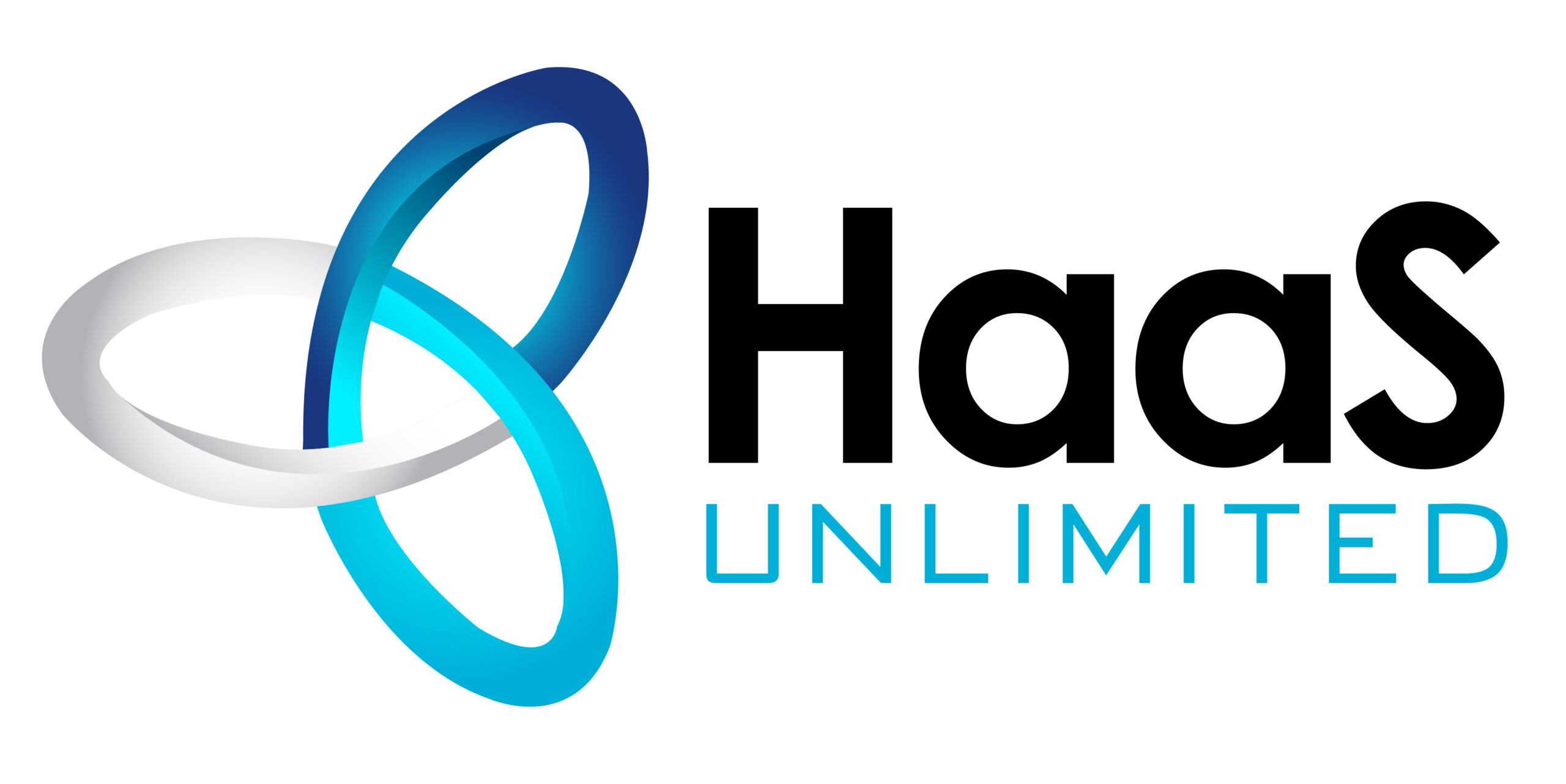
Permanence is an illusion. We vividly recall the taste of our favorite foods, yet the average taste bud cell is replaced every 10 days. Your unread emails amount to a perpetually bottomless pit, yet email didn’t exist 40 years ago outside a few technophile circles. The Los Angeles River flooded once.
Major League Baseball has a habit of perpetuating this illusion, of clinging to traditions as minute as branded rubbing mud since the days of Jackie Robinson. It also has a habit of mirroring society back to us in mostly non-threatening ways. Out here in the real world, we have too much information at our fingertips not to accelerate the pace of change. In baseball, the time for change is apparently now.
The National League has joined the American League in embracing the designated hitter for the 2022 season. Umpires have been mic’d up like their NFL counterparts to explain the outcomes of replay reviews. The phrase “PitchCom” has entered the lexicon, and it does not refer to a telemarketing competition. What once seemed permanent is no longer.
Some of the rule changes for 2022 will be more visible than others. Here’s what you might or might not notice when the season begins today:
1. The DH finally joins the National League
There’s a parallel universe in which both leagues adopt the DH rule at the same time, in 1973. Go there before deciding whether the universal DH is a good idea.
There, we see the careers of players like Vladimir Guerrero Sr. and Keith Hernandez extended – or their quality of life improved, at least – when their turf-addled National League parks allow them to take a day off from playing the field. We see the scourge (the art?) of sacrifice bunting die a quicker death at baseball’s highest level. We arrive home from National League games a bit later in the night, because making a game longer is what the DH tends to do. We do not see 942 home runs hit by NL pitchers across 48 seasons, or 81,977 pitcher strikeouts. In exchange we see someone – maybe a couple of someones – make a career out of being a DH because their league happened to allow it in this universe.
And maybe, just maybe, we see Shohei Ohtani sign with a National League team in 2017. That brings us to a new rule that will henceforth be known as …
2. The Shohei Ohtani rule
Beginning this season, any starting pitcher who bats for himself will be allowed to remain in the game as the DH. This is officially dubbed the “amended designated hitter rule.” There is, of course, only one starting pitcher who bats for himself: the Angels’ Ohtani.
This rule was invented to allow Ohtani to bat for himself at the 2021 All-Star Game. MLB saw the wisdom in carrying it over into the new season. The rule allows the most talented player on the planet to stay on the field longer and gain an extra 44 plate appearances or so compared to last year.
3. PitchCom
When Ohtani is on the mound today, he need not worry about the Houston Astros stealing his signs. That’s because MLB banned the Astros franchise in response to an illegal sign-stealing scandal is allowing catchers to wear a small device on their wrists, called PitchCom, to send signals to the mound. Pitchers will reportedly wear a corresponding device inside their hat.
After being tested in the minor leagues and in spring training games, the device reportedly drew rave reviews. While some might see the incursion of technology as a challenge to the purity of the game, the Astros would like to tell you about the pitfalls of purity.
Fans watching a game in person should hardly notice the change. Potentially, the devices mean fewer pitcher-catcher mound visits with a runner on second base, and fewer pitchers stepping off the rubber, to thwart potential sign stealers – dead time the game is better off without.
4. Extra wild card berths, and an extra playoff round
MLB will send 12 of its 30 teams to the postseason for the first time. It could be worse. For a time during collective bargaining negotiations, MLB and the Players’ Association were dallying with the notion of a 14-team playoff.
In compromising on a 12-team system, the league will grant one extra wild-card berth to each league and do away with the one-game wild-card playoff. The wild-card round will feature the No. 3 seed (the division winner with the third-best record) against the No. 6 seed (the third wild card), and the No. 4 seed (first wild card) against the No. 5 seed (second wild card) in each league. The wild card round is a best-of-three series, with all games played at the higher-seeded team’s park.
Granting a first-round bye to the No. 1 and No. 2 seeds in each league will invite debate over the merits of rust versus rest. I’ll miss the one-game playoff. More than that, I’ll miss the usual action at the trade deadline if an expanded playoff field reduces the number of teams that fall into the “motivated seller” category.
5. Everything else
• Like their brethren in the NFL and NHL, MLB umpires will be given a microphone to announce the results of replay reviews to the viewing crowd in real time. Replay reviews have long been a source of confusion, so any iota of transparency is a welcome one.
Related Articles
Alexander: Don’t believe all 2022 MLB predictions – just this one
Tales of Shohei Ohtani’s greatness demonstrate why Angels believe he can repeat magical season
Dodgers are World Series favorites again but know ‘on paper’ means little
The 2022 Dodgers, position by position
2022 Dodgers regular-season schedule
• Rosters can max out at 28 through April as an accommodation to the shortened spring training. Beginning May 2, 26-man rosters, 13-man pitching staffs, and the ban on position players appearing as pitchers go into effect.
• Similarly, there is no limit on the number of times an eligible player can be optioned to the minor leagues in April. Beginning in May, no player can be optioned more than five times in a season. Relief pitchers – baseball’s most-optioned cohort – should become more familiar names to casual fans.
• Seven-inning doubleheaders are gone, but the dreaded “zombie runner” – a man standing at second base through no fault of the opposing team – will reappear beginning in the 10th inning of every game.
• Beginning in 2023, the first six amateur draft choices will be determined by a lottery. Will that affect the competitiveness of September games between cellar-dwelling teams? Stay tuned.
